If forecasting the future of travel is complicated, doing so by 2022 is almost impossible. But in an effort not only to look to the future, but also to clarify it, it is possible to glimpse some tendencies such as, for example, that next year is shaping up to be even more unlike any other, for better and for worse. Nor will anyone be surprised travel discourse is still affected by the impact of Covid-19, although with many –or all– the desire to accelerate change and glimpse the end of the pandemic.
THE PROTAGONISM OF THE PREMIUM ECONOMY
Still far from the recovery of business trips, and therefore of the type of public business on an airplane, the intermediate class that separates the economy from the executive is beginning to gain more prominence than ever. The reasons are mainly two. On the one hand, the fact that the leisure traveler prefers to pay a little more (and sometimes much more, but this is another topic) for flying more comfortably and having more space, and on the other, the value proposition of the Economic Premium is key for companies who want to send their workers on the road and continue betting on the high-end in-flight for employees.
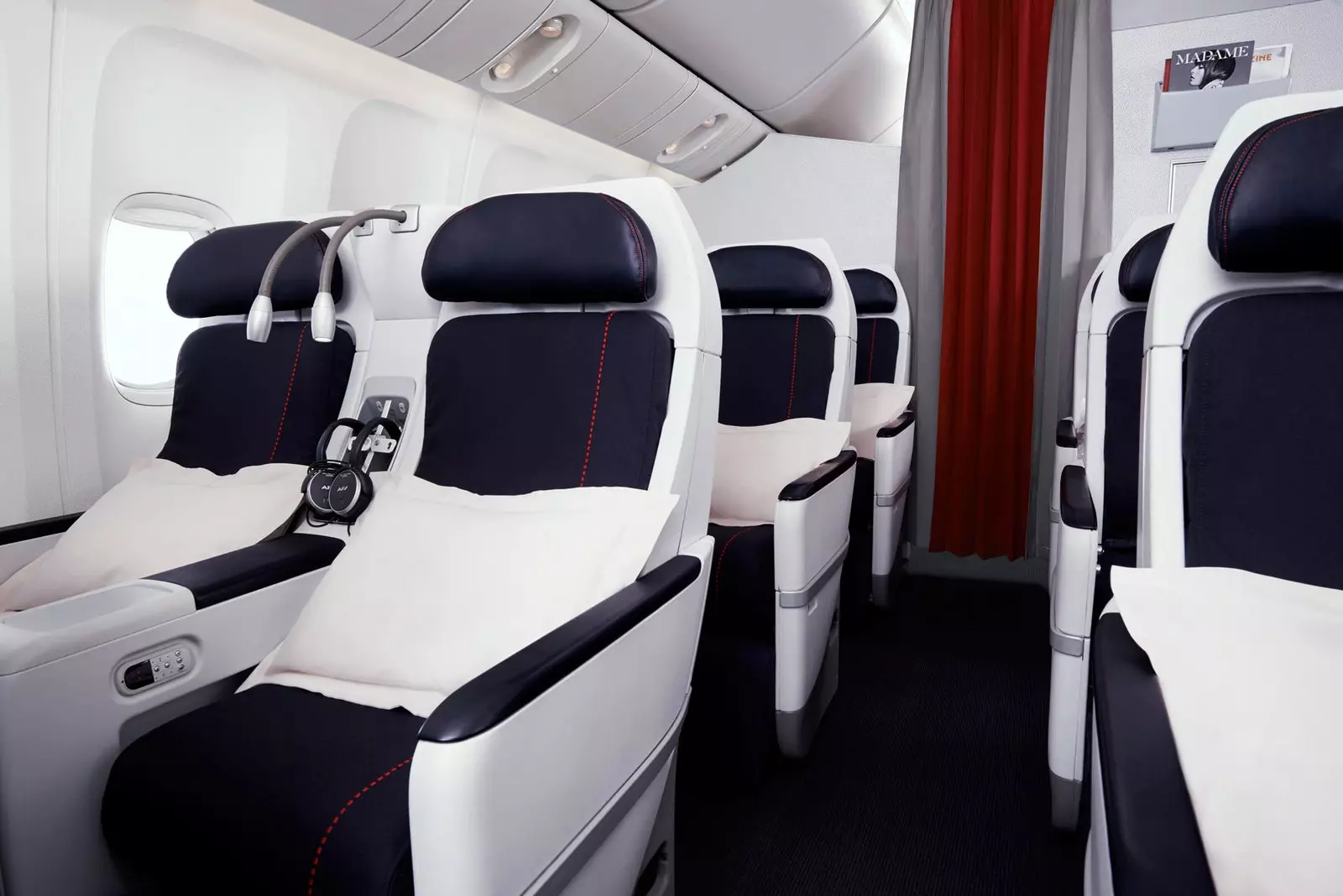
Premium Economy.
And although there is still ground to cover so that the Economy Premium has more to do with the executive than with the economic one, the benefits of this class are not few: a wider seat, a greater recline angle, footrests or a more sophisticated menu. In addition, also allows check-in at business class counters, although it does not include entry to the VIP lounges.
“Premium Economy class represents the second most profitable product in the long-distance activity of the airline”, confirmed from the communication department of Air France, and Among its short-term plans, the idea is to continue growing: “both in passengers and in supply”, they clarify. This is how it has been for the last few years and this is how it will also be in 2022, key year for the recovery of the sector.
This is not only happening at Air France, as the miracle that this class represents for the industry It has also occurred in most of the world's airlines, especially in Europe, where practically all those that operate long-distance flights already offer this product. And those that don't, will soon. Finnair, for example, will present in January its new proposal for cabins for long-haul flights, which includes the total renovation of its Business and Economy classes, and the launch of the Premium.
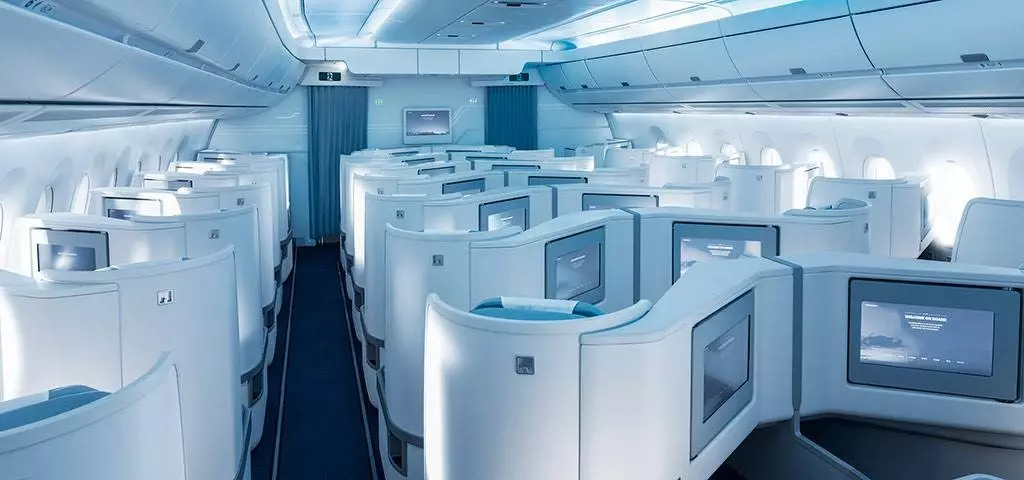
Business class.
WE WILL FLY BETTER, BUT MORE EXPENSIVE
If there is any positive note to be able to extract from the few flights of 2020, it is that they were few, but very cheap. It has also been like this throughout this 2021, the year in which the commercial strategy of the airlines has worked at the stroke of supply, although everything indicates that this is going to change. With the increase in the cost of fuel, which has not been so expensive since 2014, and the sights towards a recovery, it is very possible that fares are affected and tickets go up in price.
And it is that in addition to fuel, another key factor is the increase in costs in the sector in an attempt by airlines to return to profitability after record losses. The hiring of employees to meet the growing demand: pilots, crew, and everything that has to do with airport handling (ground assistance to aircraft) will affect, sure, the price of the ticket, because it is the result of the combination of a recurring demand that will increase as the pandemic subsides, added to higher costs.
2021 has been the year in which airlines, eager for a return to demand, have tried to balance, with varying degrees of success, how much they can fly with their current staffing levels. Levels that, although they have managed this time successfully, will be impossible to maintain with a rising demand if what they want are satisfied passengers.
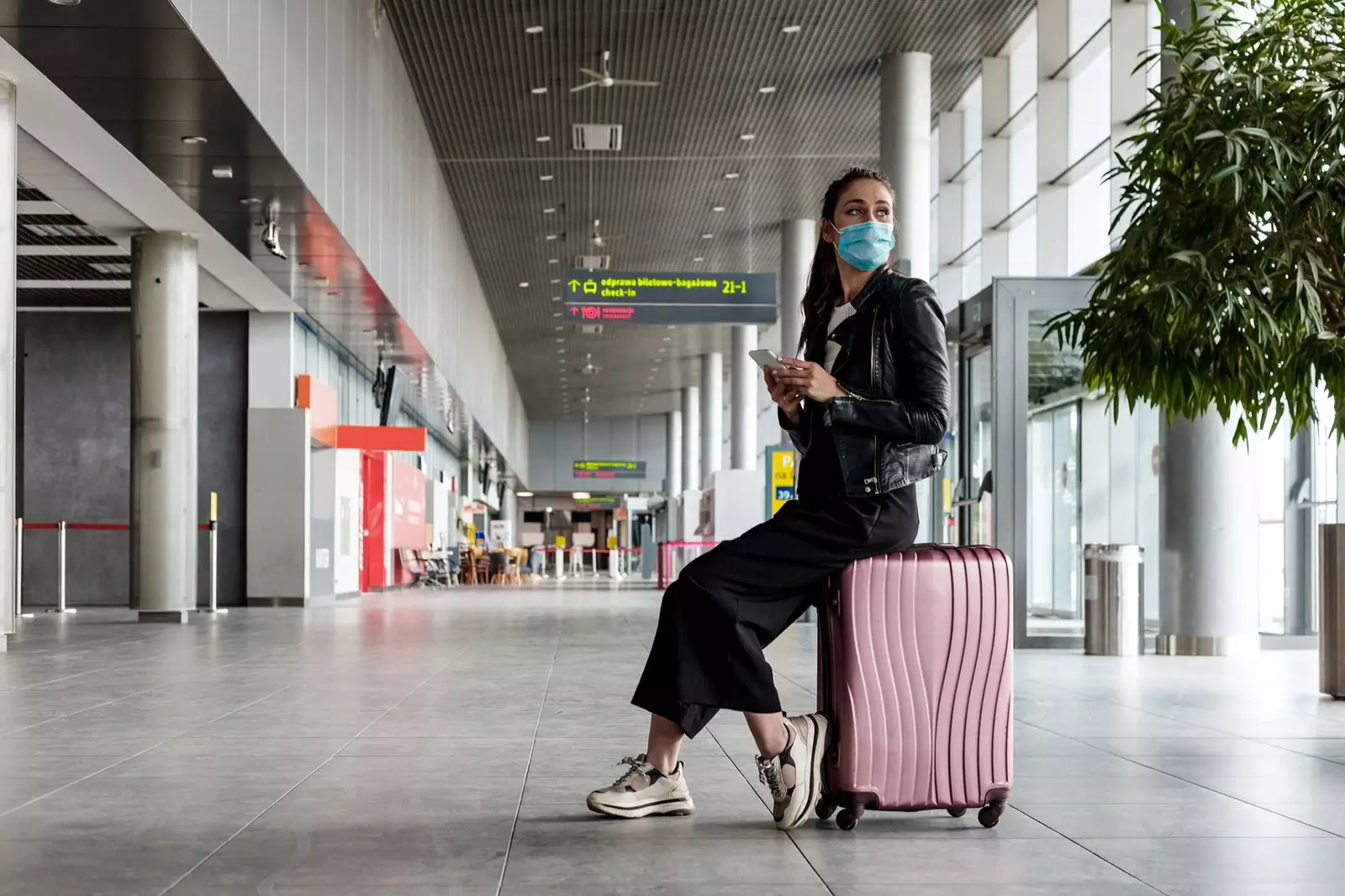
It will be the year of notifications.
TECHNOLOGY FOR THE PASSENGER…
On the technology side, this trend will continue to grow in importance during 2022, out of necessity and because its role is already fundamental in the present and future of travel. And here are not only the necessary technological solutions related to digital vaccination passports, medical test results, etc. Also real-time travel notifications that provide information and confidence to the traveler.
The other day, as soon as I landed on a flight from Doha, I turned on my phone and on my screen I had two notifications regarding my baggage linked to the Qatar Airways app: one in which I was informed that my suitcase had indeed been loaded onto the plane, and the other It advertised the carousel where I could pick it up after passing passport control. And all this, including leaving the plane.
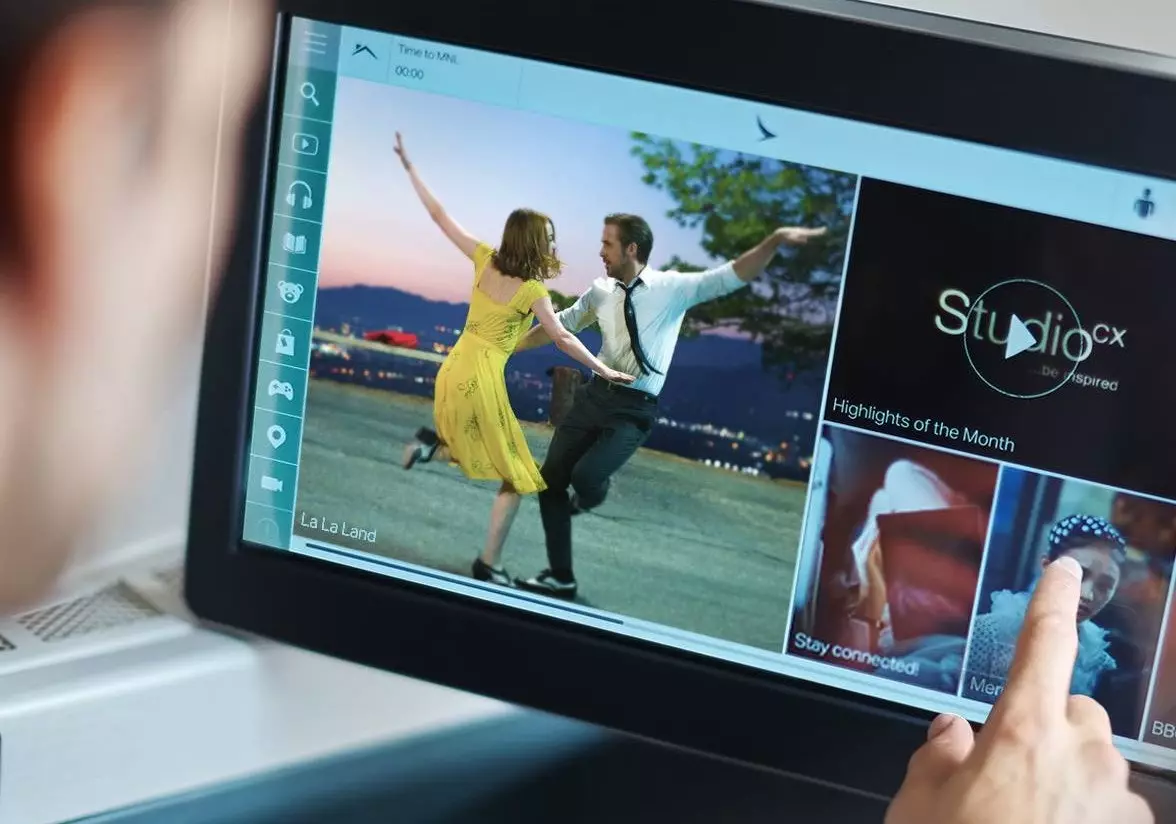
On-board entertainment will be key.
Technological solutions play a fundamental role for the traveller. Not only in terms of information, of course, but also for entertainment. Hence Cathay Pacific has announced the addition of HBO Max as part of its inflight entertainment experience. The airline of Hong Kong origin will release the content library of the streaming platform from January 1, 2022, offering over 200 hours of content on the backs of each seat.
“During the pandemic, we have been working hard to take our entertainment offer to a new level and be ready for the return of passengers. HBO Max offers some of the most acclaimed and exciting programs in the market”, confirms Vivian Lo, director of Customer Experience and Design of the airline.
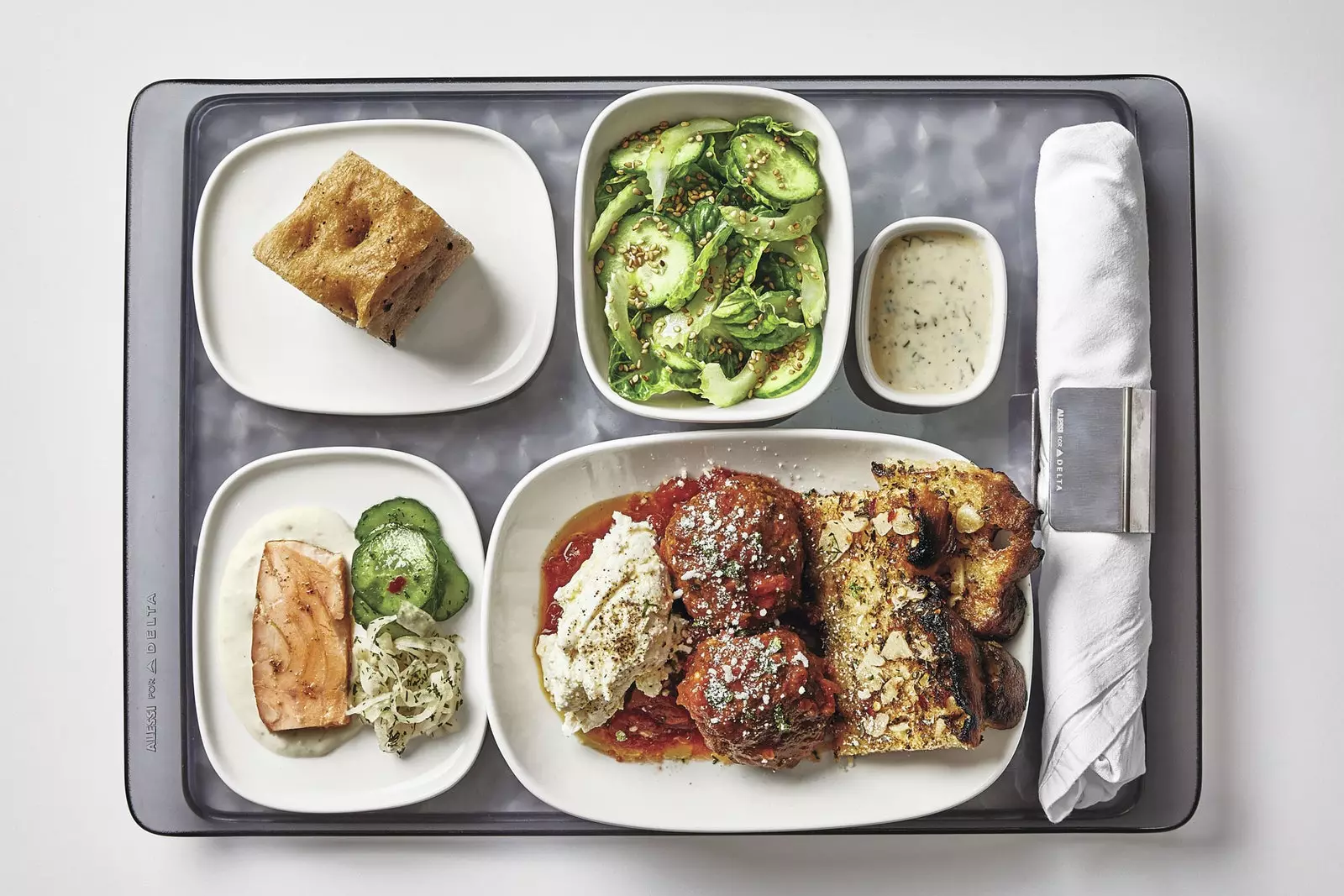
Food can be ordered through the digital menu.
In addition, technology, especially contactless technology, will continue to facilitate the travel experience and work is already underway on different key processes, such as the check in and contactless boarding, but also the possibility of ordering food or services through the application or the own seat screen. Singapore Airlines, for example, was one of the first airlines to introduce the digitized menu on board to reduce contact during the flight and do without the classic physical cards.
And if you fly in the economy class of British Airways you can order drinks and snacks directly from your seat using the airline's digital menu and its wi-fi connection (no need to pay to use this service).
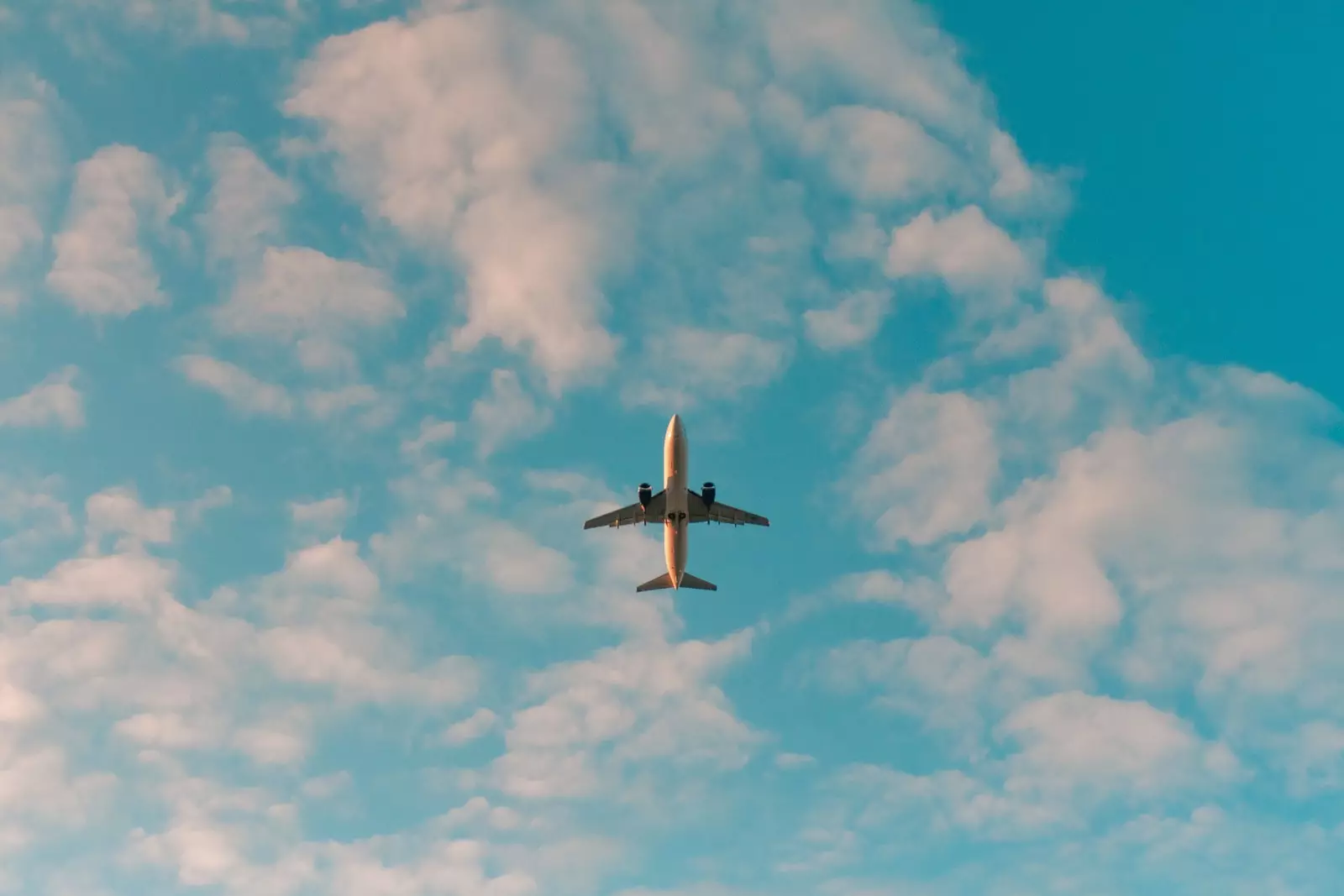
Innovation will help combat climate change.
AND FOR THE ENVIRONMENT
The World Economic Forum (WEF) announced just a few weeks ago that 20 member airlines of its Target True Zero initiative have committed to use new technologies to combat climate change, as well as supporting novel forms of propulsion powered by sustainable energy sources, such as electric and hydrogen powered aircraft, as well as hybrid aircraft.
between this twenty airlines (Aero, Air New Zealand, Air Nostrum, Alaska Airlines, Amelia, ASL Aviation Holdings, Braathens Regional Airlines, Easyjet, Finistair, Icelandair, Iskwew Air, Loganair, Mokulele, Ravn Alaska, Soundsair, Southern Airways Express, Surf Air Mobility, Viva Aerobus, Waltzing Matilda Aviation and Xwing.) operate more than 800 aircraft and carry more than 177 million passengers in 1.8 million flights per year.
And it is that sustainability, especially in what concerns the air sector, is and will be a continuous trend in travel because more and more travelers are showing their interest in the environmental initiatives of the industry.
For example, Google Flights already reports carbon emission estimates for most flight searches, which is an important step for the industry in providing knowledge about sustainability and transparency about its environmental policy. Several airlines also offer, during the ticket purchase process on their website, offset CO2 emission aware that almost 70% of travelers expect the industry to offer greener travel options. And they are in it.
